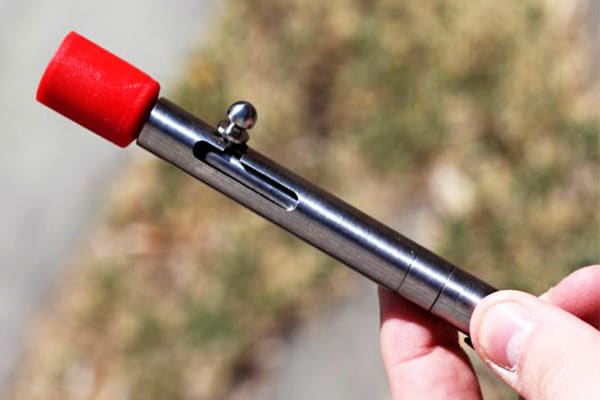NOIDA: Even as UP has made riding with helmet compulsory for the pillion rider too, the order hardly seems to be implemented with the offense still topping the tally of challans issued by the Gautam Budh Nagar traffic police during the traffic month and throughout the year.
The offense of drunken driving has however seen merely eight challans during November - the traffic month and 22 challans throughout the year.
According to the figures of the challans issued during November- which is celebrated as the traffic month in Uttar Pradesh, riding without helmet still constitutes the highest number of challans (4062) while 22456 riders were challaned for the offense from January to October this year.
An analysis of number of challans issued in the last three years reveals that riding without helmet saw the maximum number of challans being issued. While 23,162 challans were issued in 2016 from January-December, as many as 27,589 challans were issued in 2015.
Against this, the number of challans issued to commuters driving under influence (DUI) during the last two years is the lowest than all the other offenses. While merely 17 challans were issued for the offense in 2016, 89 people were penalised for DUI in 2015.
Road safety experts have pointed out that there is ignorance in the political class and the police are major factors behind the high number of challans for riding without helmet.
They have also said that two-wheelers are easy target and hence, they offer less resistance to the challaning officer.
"This is due to the ignorance of the political class and the police. Notice any politician in his or her rallies, they will be always be spotted without the helmet. Similarly, how often do you see a cop wearing a helmet. These are clear messages to the public," Anurag Kulshrestha, president, TRAX, an NGO working for road safety in India.
Stating that two-wheeler drivers are easy target for the police, he said that since many of them belong to the lower-middle class, they are less likely to offer resistance.
Traffic inspector Layak Singh told TOI that the order for challaning pillion riders came in November and it was seen that riders were not keen on wearing a helmet.
When asked about the low number of challans for DUI, experts point out laxity on the part of the police and the low number of instruments like breath analysers.
Even as they admit that there are only 15 breath analysers for checking people driving under influence, cops claim that the low number is due to the fact that they do not challan commuters post duty hours.
SP (traffic) Anil Jha said that it was not possible to check DUI post office hours as the practice usually begins after 9 pm.
Further, parking in the no parking zone has emerged as the second most common offense with as many as 14715 challans issued from January to December this year out of which 1148 were issued in November itself.
Commuters have been complaining about the dismal parking management and lack of parking space in the city.
The offense of drunken driving has however seen merely eight challans during November - the traffic month and 22 challans throughout the year.
According to the figures of the challans issued during November- which is celebrated as the traffic month in Uttar Pradesh, riding without helmet still constitutes the highest number of challans (4062) while 22456 riders were challaned for the offense from January to October this year.
An analysis of number of challans issued in the last three years reveals that riding without helmet saw the maximum number of challans being issued. While 23,162 challans were issued in 2016 from January-December, as many as 27,589 challans were issued in 2015.
Against this, the number of challans issued to commuters driving under influence (DUI) during the last two years is the lowest than all the other offenses. While merely 17 challans were issued for the offense in 2016, 89 people were penalised for DUI in 2015.
Road safety experts have pointed out that there is ignorance in the political class and the police are major factors behind the high number of challans for riding without helmet.
They have also said that two-wheelers are easy target and hence, they offer less resistance to the challaning officer.
"This is due to the ignorance of the political class and the police. Notice any politician in his or her rallies, they will be always be spotted without the helmet. Similarly, how often do you see a cop wearing a helmet. These are clear messages to the public," Anurag Kulshrestha, president, TRAX, an NGO working for road safety in India.
Stating that two-wheeler drivers are easy target for the police, he said that since many of them belong to the lower-middle class, they are less likely to offer resistance.
Traffic inspector Layak Singh told TOI that the order for challaning pillion riders came in November and it was seen that riders were not keen on wearing a helmet.
When asked about the low number of challans for DUI, experts point out laxity on the part of the police and the low number of instruments like breath analysers.
Even as they admit that there are only 15 breath analysers for checking people driving under influence, cops claim that the low number is due to the fact that they do not challan commuters post duty hours.
SP (traffic) Anil Jha said that it was not possible to check DUI post office hours as the practice usually begins after 9 pm.
Further, parking in the no parking zone has emerged as the second most common offense with as many as 14715 challans issued from January to December this year out of which 1148 were issued in November itself.
Commuters have been complaining about the dismal parking management and lack of parking space in the city.
Get latest news & live updates on the go on your pc with News App. Download The Times of India news app for your device.
















